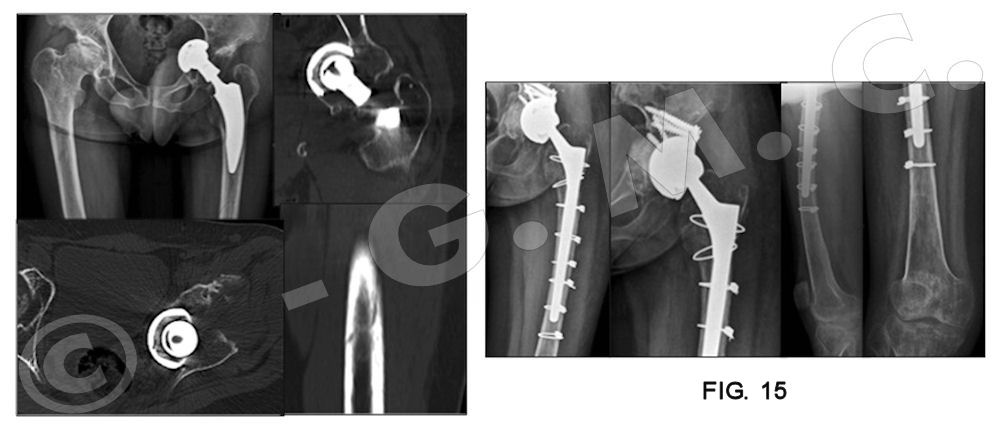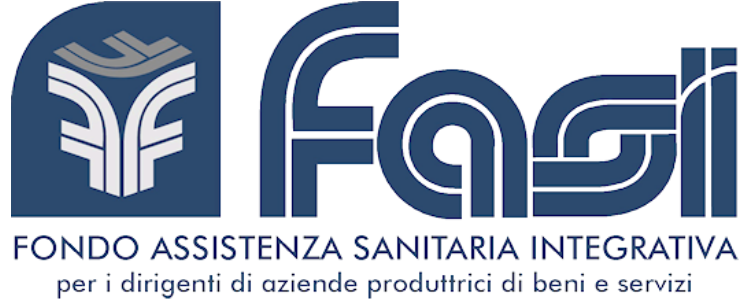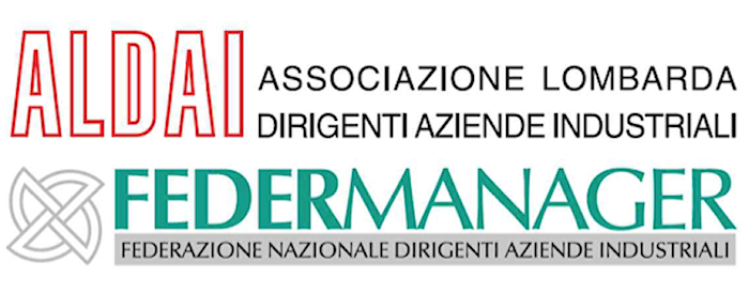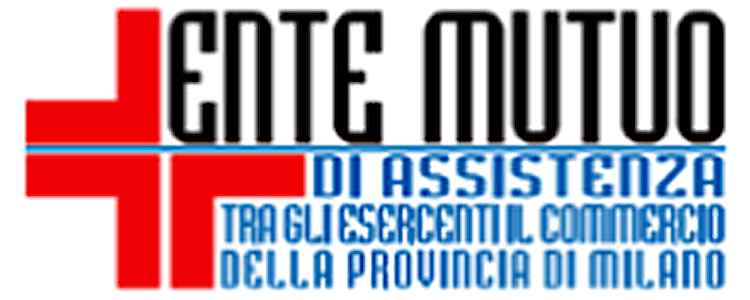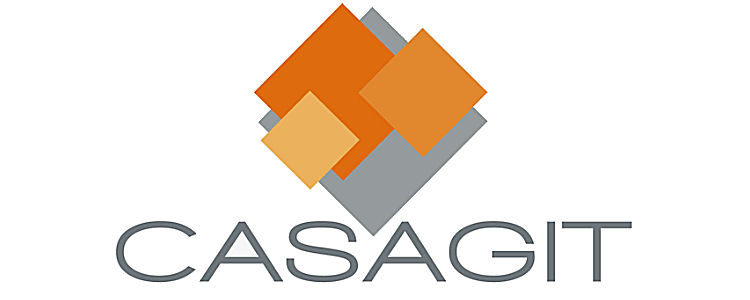Throughout the world, the number of large joint arthroprosthetic implants continues to increase. The average age of the patients treated is decreasing and consequently the number of aseptic mobilizations with bone loss, periprosthetic fractures, periprosthetic non-unions and septic complications is also increasing.
Prof. Calori treats all of these types of complications in prosthetic surgery through new revision reconstructive techniques that also, in certain cases, use biotechnologies as well as through the implant of large resection prostheses in the most complex cases.
In septic patients, the two stage techniques with a first operation to debride and implant an antibiotic spacer followed by a subsequent final prosthetic implant offer great results even in highly complex aseptic patients.
FIG.15
Patient who underwent an arthroplasty of the left hip for severe congenital hip dysplasia. As a result of a trauma, the patient reported an acetabular breakthrough with migration in the pelvis of the hip joint replacement (in the CT in the bottom left you can see the compression of the prosthesis on the bladder), and periprosthetic fracture of the femur.
Surgical treatment based on a dual access abdominal surgery and a classic side access to the hip joint included the removal of the prosthesis that migrated into the pelvis, the osteosynthesis of the femur through cerclage and acetabular reconstruction using bone grafts, biotechnology and special revision acetabular components.




